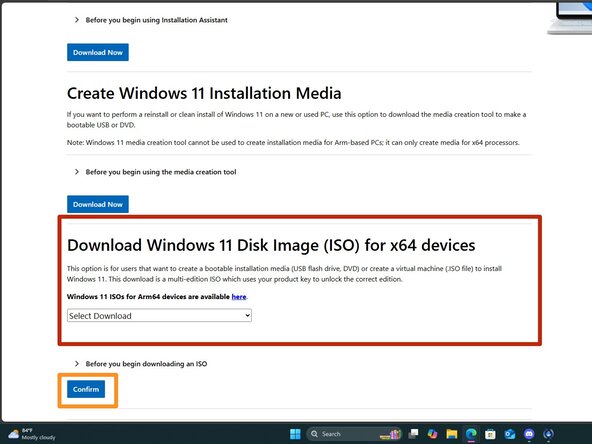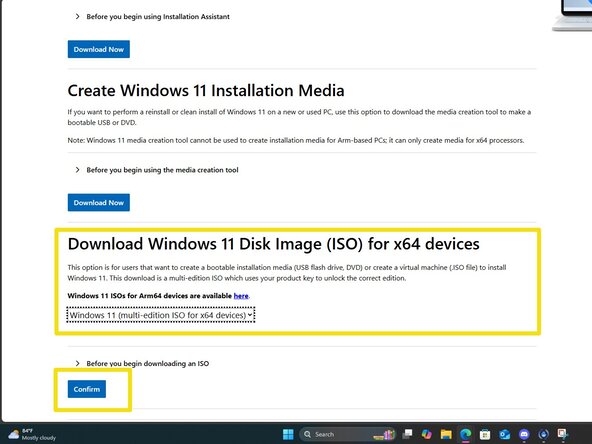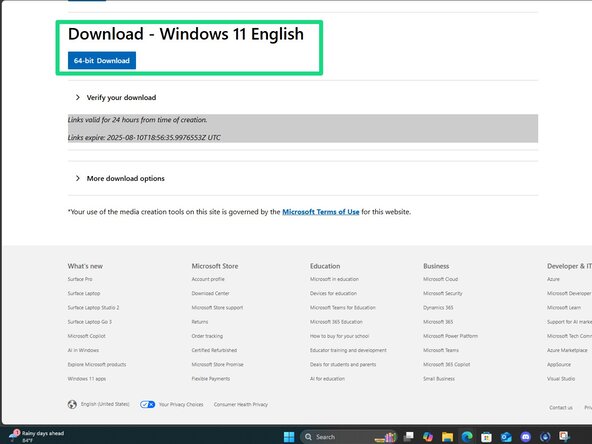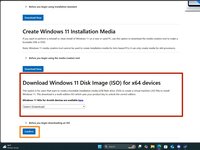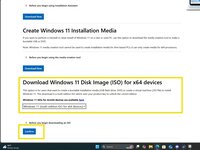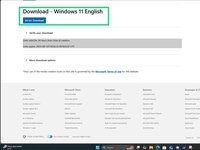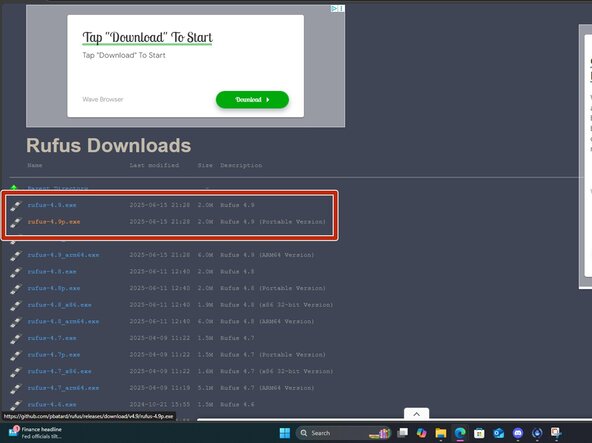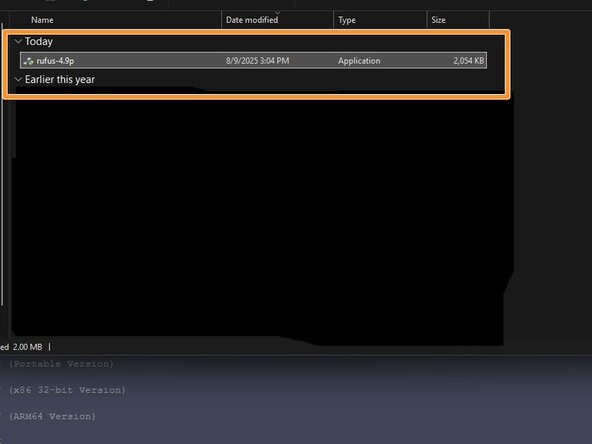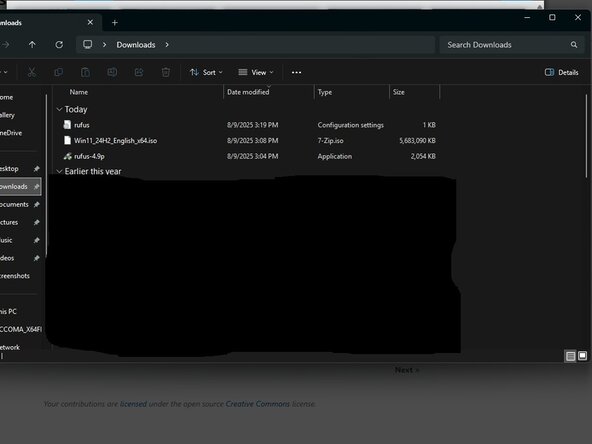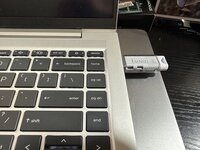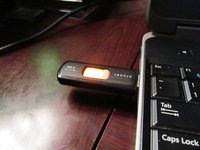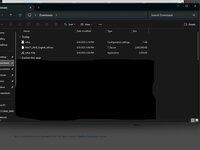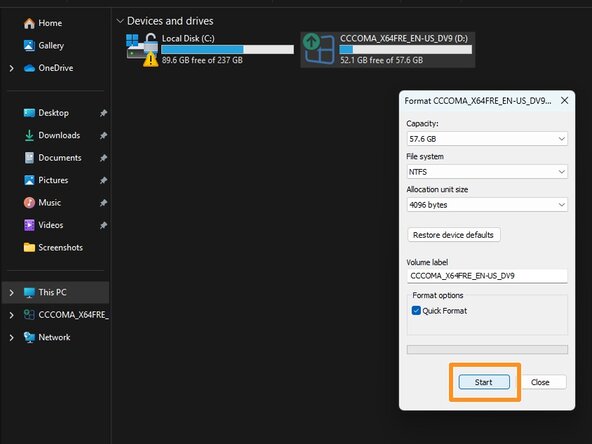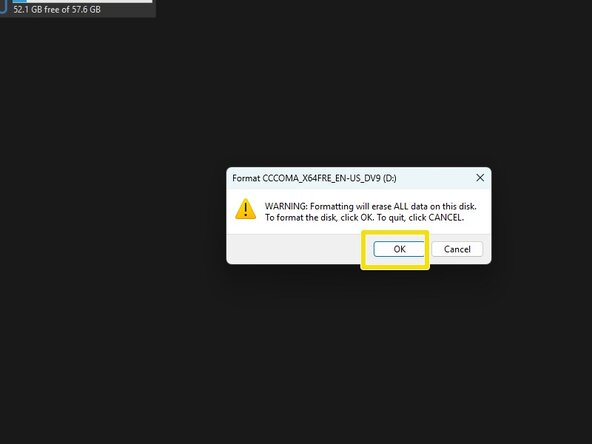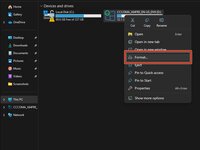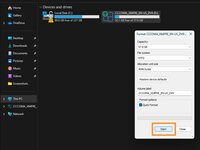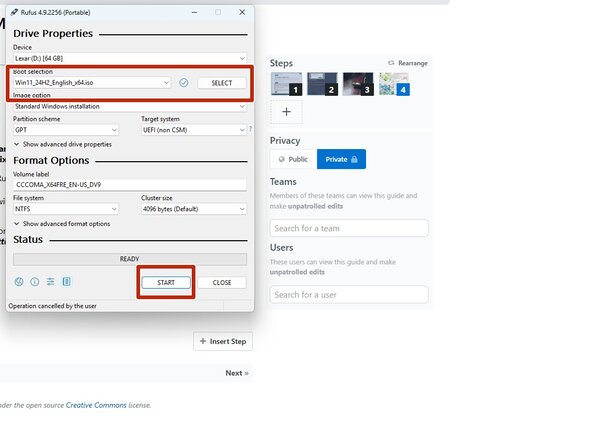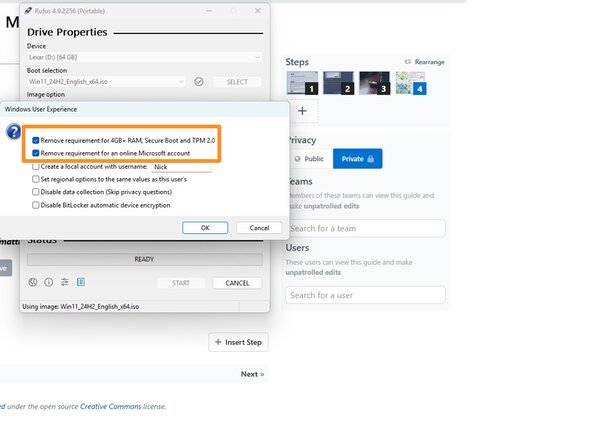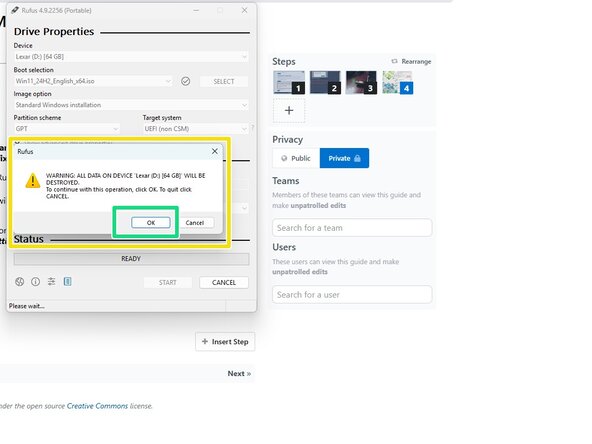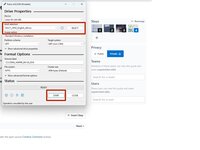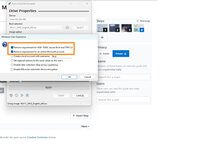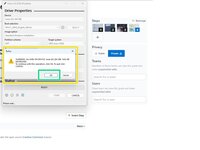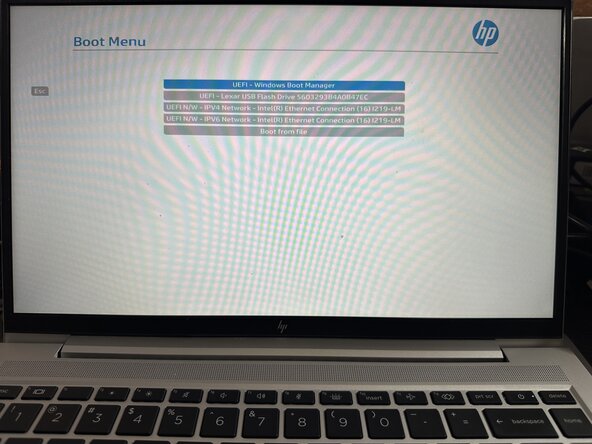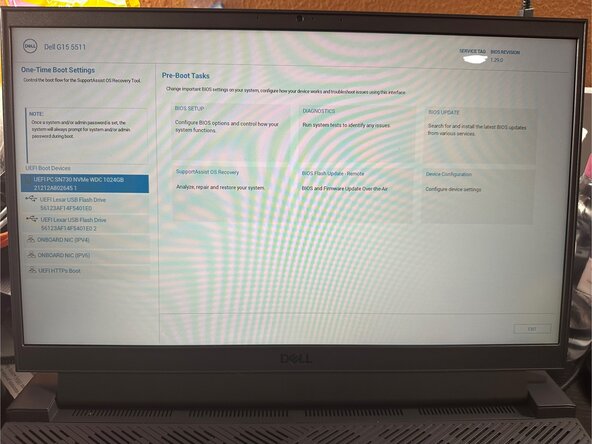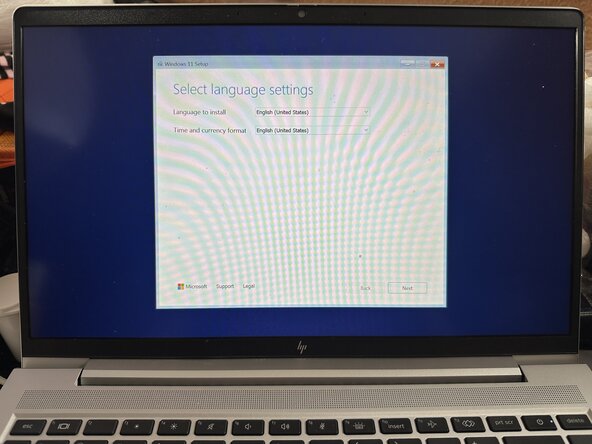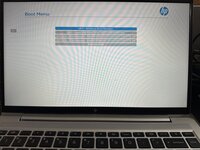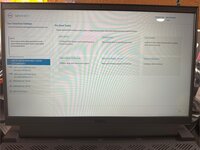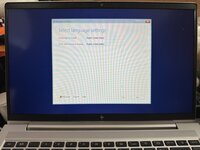crwdns2915892:0crwdne2915892:0
If you are unsure how to write a Windows 10/11 ISO to a USB flash drive, this guide will show you how to use Rufus and bypass the Microsoft account requirements, such as for cases where you do not want to use a Microsoft account, do not have one, or do not want to create one. It can also be used to create an installer that works on “unsupported” PCs (1). USB is recommended as many modern systems do not include an internal optical drive and will require a USB flash drive or USB optical drive, especially notebooks; USB drives act as a workaround for this shift.
A 16-32GB USB flash drive is generally the lowest drive I would recommend for such a task (2). This guide outlines the process for Rufus 4.x; 2.x is not covered in this guide. Rufus 2 and older cannot bypass the Microsoft account or specification checks. You must use Rufus 3.x or newer (version 4.x is preferred). The process is the same for both 3.x and 4.x images. For Windows 11 25H2 images, the latest version of Rufus is required; 24H2 works with both 3.x and 4.x versions of Rufus.
TL;DR: When buying new, purchase a 32GB+ drive (USB 3.0 preferred; USB 2.0 "works" but will be slower). (3) IF YOUR BUDGET IS THIN, YOU ARE BETTER OFF USING AN OLD 8-16GB NAME-BRAND DRIVE THAT CAN BE ERASED IF YOU ARE CHOOSING BETWEEN NEW NO-NAME JUNK OR A KNOWN-NAME BRAND!
Footnotes:
(1) IMPORTANT: THIS PROCESS WILL LEAD TO YOUR PC BEING UNSUPPORTED AND AT RISK OF NOT GETTING SOME UPDATES. I have included proven "safe" guidelines in Step 5, but you can disregard this and install it on any CPU with the right instruction set and PopCnt (Population Count), and 4-8GB of RAM.
(2) Older low-capacity drives (such as 8GB USB drives) "work," but leave limited spare space for files and extras like device drivers. You may find these drives sold in bulk, but as a general rule, they have been out of production for over a decade, since 16-32GB drives have been priced the same as 16GB drives for several years. IN GENERAL, the current recommendation for buying a new drive is to purchase a 32GB drive (USB3 preferred, USB2 drives work but are slow) at the bare minimum, as the prices are competitive within ~$1-2 between the capacities. Beyond this, 64GB+ drives follow the same rule: ~$1-2 more then 32GB drives.⏎
While 16GB drives are still available, many are generic or sold under store private labels (outside of higher-priced NOS from name brands like SanDisk) - sometimes B stock NAND flash used specifically for cut rate drives for big box stores. These generic drives are not recommended, as they can have issues when used as bootable drives and aren’t significantly cheaper to account for this. You are generally better off formatting an older, name-brand 8-16GB USB drive that you already have and used for years, rather than buying one of these generic drives.
(3) Used drives should be erased before formatting in Rufus.
crwdns2942213:0crwdne2942213:0
-
-
Download a Windows 10 or 11 ISO from Microsoft - do not use other sources unless you trust it.
-
Windows 11: https://www.microsoft.com/en-us/software...
-
Windows 10: https://www.microsoft.com/en-us/software...
-
-
-
IMPORTANT: make sure to use Rufus 3.x, 4.x or newer — anything older will not work. To write the ISO, download Rufus. Place this somewhere it is easily found.
-
-
-
-
Plug the USB drive in and select the ISO you want to use.
-
-
-
With the USB drive plugged into the computer, go into Windows Explorer, right click Format. For all intents and purposes format type used here does not matter as Rufus does a format before writing the drive image.
-
Click on Format and click OK on the data loss warning. Once done the drive is ready to be imaged with Rufus.
-
-
-
Open Rufus and click SELECT. Find the ISO and click Open.
-
Select the options you want to enable. For most people the defaults are fine, but you can enable and disable options as you desire.
-
After configuring the writing process, click start. Click OK on the formatting warning.
-
-
-
After selecting the drive from the BIOS startup menu, follow the prompts to install Windows 11 on your PC.
-
crwdns2935221:0crwdne2935221:0
crwdns2935227:0crwdne2935227:0
